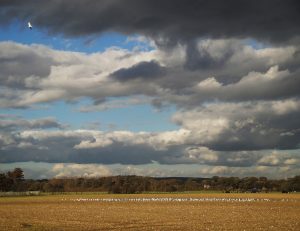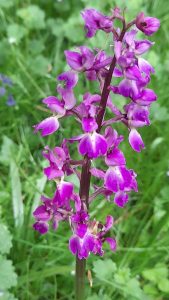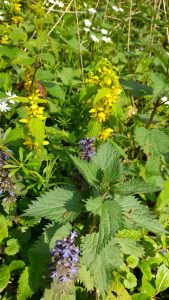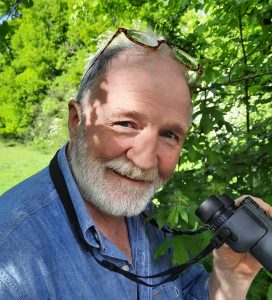Please see the following statement that gives an update on the situation regarding the Gap:
The open space between Goring and Ferring — known as the Goring/Ferring Gap — is
a designated “Local Green Gap” and deeply valued by our community.
In recent months, planning applications to develop part of this land triggered strong
concerns and widespread objections. Thankfully, Worthing Borough Council rejected the proposals — a victory for local voices.
Subsequently the land was put on the market, which raised a new possibility: could the
community buy and protect it for good?
So local amenity groups got together and decided to create a proposal, which was to set up a Community Trust to purchase the land, funded by a Crowdfunding campaign.
Unfortunately, the proposal was rejected by the landowner, who decided to take a
different route. We understand that the land will be put back on the market, although the
final plan is unclear.
The same local amenity groups came together again to explore the options. The result?
A decision to continue and form a Community Trust, ready to purchase land if the
opportunity arises, funded by a future crowdfunding campaign.
� More updates will follow soon — watch this space.
Want to help shape the future of the Gap?
We’re looking for people to get involved — including potential Trustees.
Contact any of the following groups to express your interest:
– Ferring Conservation Group
– Goring and Ilex Conservation Group
– Goring Residents Association
– The Worthing Society
– Transition Town Worthing CIC




